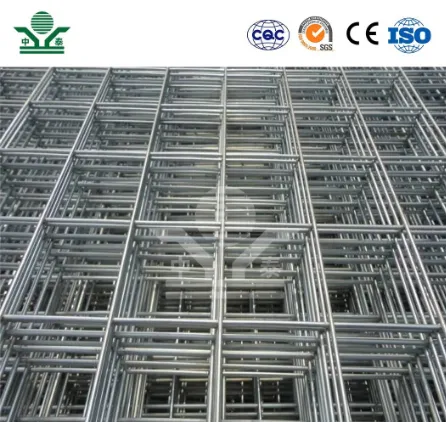The Essential Guide to Site Fencing Ensuring Security and Safety
In today’s fast-paced world, security and safety have become paramount concerns for construction sites, event venues, and private properties. One of the most effective measures to ensure safety and security is proper site fencing. This article provides a comprehensive overview of site fencing, its benefits, types, and best practices to consider.
What is Site Fencing?
Site fencing refers to the use of barriers to enclose an area, creating a defined perimeter that restricts unauthorized access. It plays a critical role in protecting construction sites, residential properties, and temporary event spaces. The types of materials used in site fencing can vary, depending on the purpose and level of security required.
Benefits of Site Fencing
1. Enhanced Security One of the primary benefits of site fencing is the enhanced security it provides. By creating a physical barrier, fencing deters trespassers and potential thieves, reducing the risk of vandalism and theft on the property.
2. Safety for Workers and Visitors Fencing helps to keep unauthorized individuals out of hazardous work areas. Construction sites, for example, often contain heavy machinery, deep trenches, and other risks. A well-fenced site ensures that only authorized personnel can enter, thereby reducing the chance of accidents.
3. Control Over Access Site fencing allows property owners to control who enters and exits the area. This is particularly important for events, where security personnel can monitor entry points and ensure that only ticketed guests are allowed inside.
4. Visual Privacy For residential properties and event venues, fencing offers a degree of visual privacy. It shields the site from onlookers, creating a sense of seclusion for residents or guests.
5. Compliance with Legal Requirements In many jurisdictions, construction sites are required by law to have a proper fence in place. This is to ensure public safety and compliance with regulatory standards.
Types of Site Fencing
site fencing

1. Chain Link Fencing This is one of the most common types of fencing due to its cost-effectiveness and durability. Chain link fences provide visibility while still creating a secure perimeter.
2. Wooden Fencing Wooden fences are typically used for residential properties or to enhance privacy in a more aesthetic way. They can be customized in design and height but may require more maintenance.
3. Temporary Fencing Often used for events and construction sites, temporary fencing is easy to install and remove. This type of fencing can be made from various materials, including plastic or metal, and is a flexible option for short-term use.
4. Wrought Iron Fencing For a more permanent and decorative solution, wrought iron fencing is an excellent choice. It provides a high level of security while also enhancing the aesthetic appeal of a property.
5. Security Fencing For high-security environments, options such as barbed wire or electrified fencing may be employed. These options are designed to prevent unauthorized access and are often used in industrial settings.
Best Practices for Site Fencing
1. Assess Your Needs Before choosing a fencing solution, assess the specific needs of your site. Consider factors such as location, the level of security required, and the duration for which the fence will be needed.
2. Regular Inspections Conduct regular inspections of your fencing to ensure it is in good condition. Repair any damages immediately to maintain its effectiveness in providing security and safety.
3. Clear Communication If using site fencing for an event, ensure that all staff and guests are aware of the fencing and entry points. Adequate signage can help direct foot traffic effectively.
4. Collaborate with Professionals Engage with professional fencing companies to determine the best type of fence for your needs. They can offer valuable advice and suggestions based on the latest industry standards and practices.
In conclusion, site fencing is an essential component of securing properties, ensuring safety, and maintaining privacy. By understanding the types of fencing available and implementing best practices, property owners can protect their investments while creating a safe environment for all. Whether for construction sites, events, or private residences, investing in the right fencing solution is a smart decision that pays off in security and peace of mind.
-
Why Galvanized Trench Cover Steel Grating Resists Corrosion
NewsJul.10,2025
-
The Versatility and Strength of Stainless Expanded Metal Mesh
NewsJul.10,2025
-
Load Calculations in Steel Grating Platforms
NewsJul.10,2025
-
Keeping Pets and Kids Safe with Chicken Wire Deck Railing
NewsJul.10,2025
-
Hole Diameter and Pitch for Round Perforated Metal Sheets
NewsJul.10,2025
-
Aluminium Diamond Mesh in Modern Architecture
NewsJul.10,2025
Subscribe now!
Stay up to date with the latest on Fry Steeland industry news.

